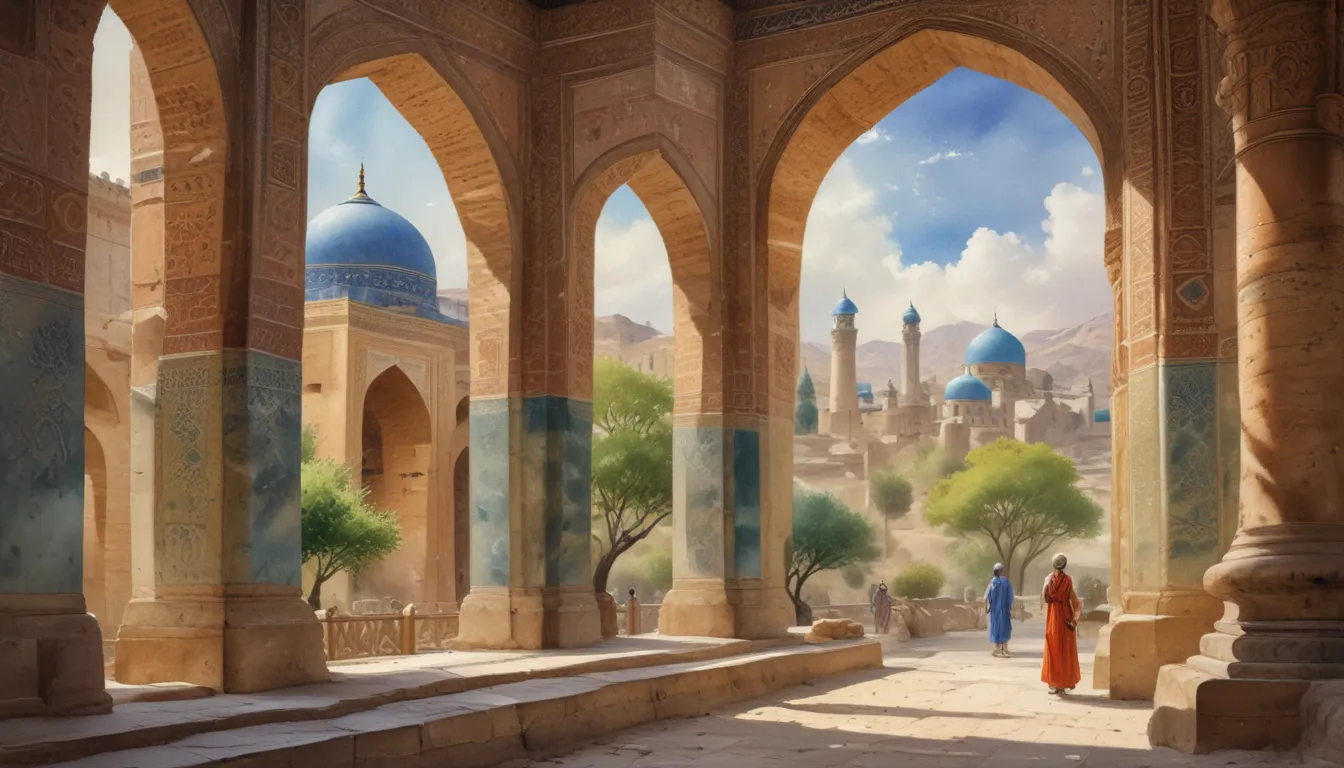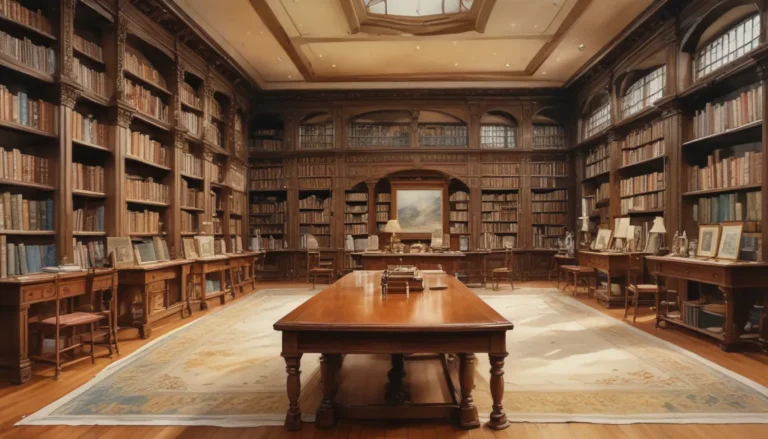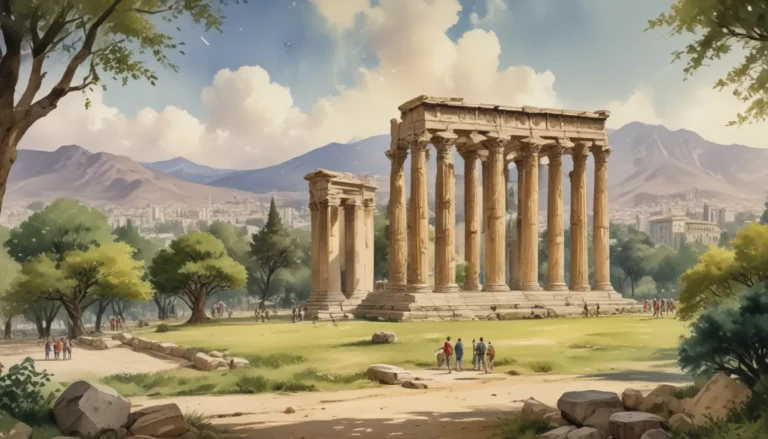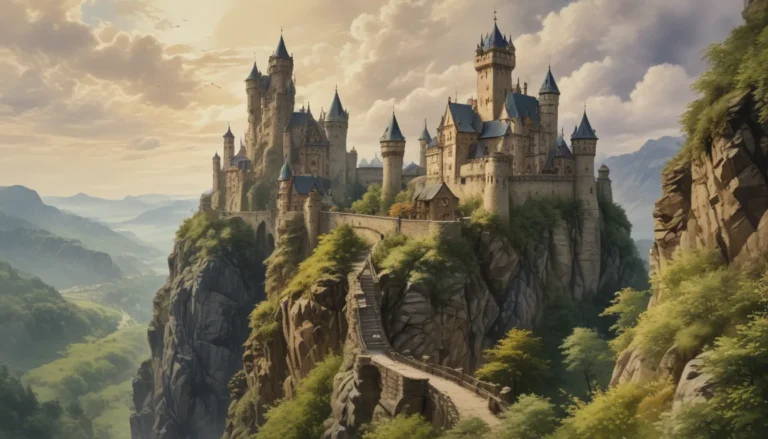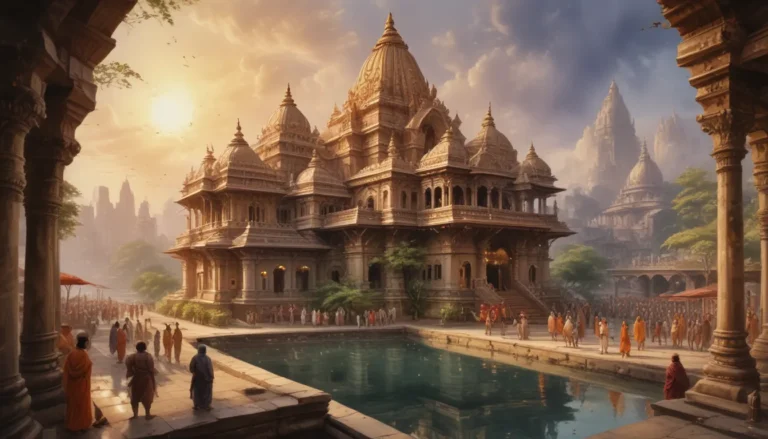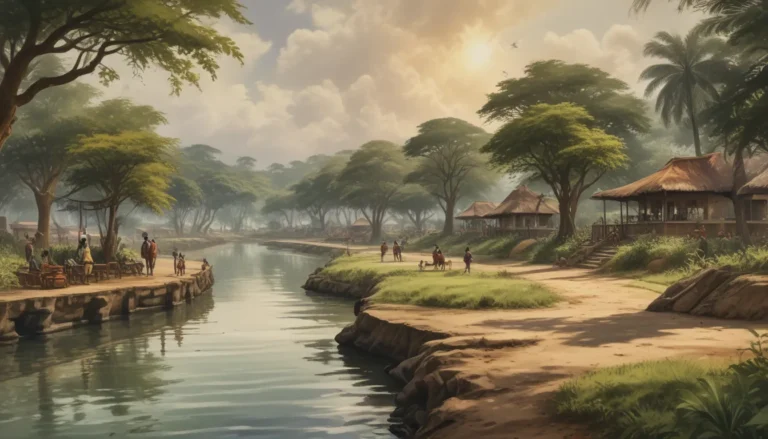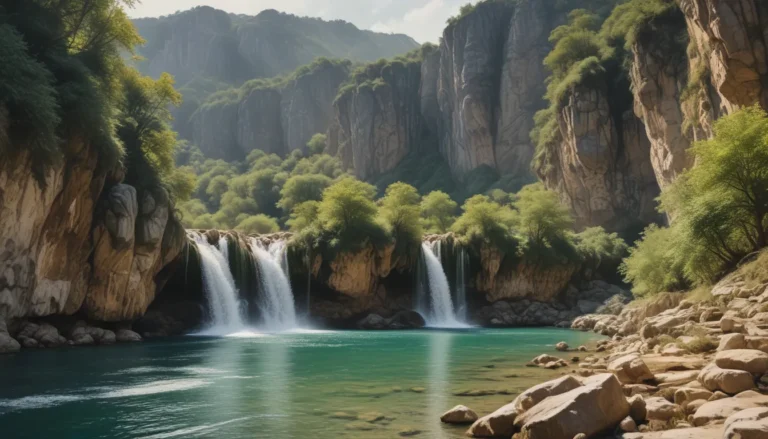The images in our articles are for illustrative purposes only and may not exactly match the content. They are intended to capture your interest and complement the text, not to replace it.
Welcome to the world of Afrasiyab, a land steeped in rich history and timeless allure. Nestled in Central Asia, Afrasiyab beckons travelers and history enthusiasts with its captivating landmarks and stories of bygone eras. From ancient cities to majestic monuments, this enchanting destination offers a mesmerizing glimpse into the cultural and architectural marvels of the past. Join us on a journey as we uncover nine intriguing facts about Afrasiyab, delving into its remarkable heritage and the mysteries that await within its ancient walls.
Unraveling the Legacy of Afrasiyab:
1. A Glance Back in Time:
Afrasiyab, also known as Ancient Samarkand, stands as a testament to the grandeur of the past. This ancient city, located in Uzbekistan, once served as the vibrant capital of the Sogdian Empire, flourishing as a pivotal cultural and trade center along the historic Silk Road.
2. Timeless Origins:
The origins of Afrasiyab trace back to the 7th century BC, spanning over two millennia of history. As a bustling hub of diverse cultures and civilizations, the city thrived under the rule of the Sogdian Empire, leaving behind a treasure trove of ancient wonders.
3. The Marvels of Wall Paintings:
Among Afrasiyab’s many splendors are its magnificent wall paintings. These intricately detailed frescoes depict scenes from daily life, mythical creatures, and historical events, offering a vivid window into the rich tapestry of the past.
4. Unveiling Archaeological Treasures:
The archaeological site of Afrasiyab remained buried beneath layers of earth until its discovery in the 19th century by Russian archaeologists. The excavation unearthed a wealth of artifacts and structures, shedding light on the city’s layout and lifestyle.
5. A Center of Zoroastrianism:
Afrasiyab held a significant place in the history of Zoroastrianism, one of the world’s oldest monotheistic religions. Temples and fire altars dedicated to the worship of Ahura Mazda, the supreme deity of Zoroastrianism, adorned the city’s landscape.
6. Mythical Origins:
The name “Afrasiyab” carries mythical origins, harkening back to a legendary king in Persian epic poetry who once ruled over Turan. Symbolizing the intertwining of legend and reality, the city pays homage to its mythical namesake.
7. Cultural Melting Pot:
Thanks to its strategic position on the Silk Road, Afrasiyab became a melting pot of diverse cultures and civilizations. Merchants, travelers, and scholars from far and wide converged in this cosmopolitan hub, enriching its tapestry of cultural exchange.
8. Architectural Heritage:
The ruins of Afrasiyab offer a glimpse into ancient urban planning practices, showcasing the layout of streets, houses, and public buildings. Palaces, fortifications, and marketplaces speak to the daily life and architectural ingenuity of the city’s past inhabitants.
9. UNESCO World Heritage Status:
In recognition of its historical and cultural significance, Afrasiyab was honored with UNESCO World Heritage Site status. This prestigious designation underscores the city’s role as a testament to the achievements of ancient civilizations that once thrived in this storied region.
Immersing Yourself in Afrasiyab:
Embark on a journey through time as you explore the enchanting realm of Afrasiyab. Whether you’re drawn to ancient history, architectural marvels, or cultural treasures, this ancient city promises a captivating experience like no other. From the vibrant frescoes adorning its walls to the echoes of bygone eras that linger in its streets, Afrasiyab invites you to step into a world where history comes alive.
FAQs:
-
What is Afrasiyab?
Afrasiyab is an ancient city located in Samarkand, Uzbekistan, once the capital of the Sogdian Empire, renowned for its historical and archaeological significance. -
How old is Afrasiyab?
Afrasiyab dates back to the 6th century BC, boasting a history spanning over two millennia and bearing witness to the rise and fall of civilizations. -
What can visitors see at Afrasiyab?
Visitors can explore ancient palaces, fortifications, residential areas, and a museum showcasing excavated artifacts like pottery, jewelry, and coins. -
Are there notable discoveries at Afrasiyab?
Yes, Afrasiyab has yielded important archaeological finds, including a Zoroastrian temple, intricate wall paintings, and the renowned “Sogdian Princess” mural. -
Is Afrasiyab easily accessible for tourists?
Yes, Afrasiyab is easily accessible, nestled on the outskirts of Samarkand and reachable via taxis and public transport for visitors eager to explore its wonders. -
Can visitors take guided tours of Afrasiyab?
Guided tours are available at Afrasiyab, offering insights into its history, architecture, and significance, enhancing the visitor experience with expert knowledge and storytelling.
Afrasiyab beckons with its timeless allure, inviting you to unravel the treasures of its ancient past. Immerse yourself in a world of cultural richness, architectural wonders, and historical tales as you explore this captivating landmark. From the echoes of ancient civilizations to the intricate designs that adorn its walls, Afrasiyab stands as a testament to the enduring legacy of the past. Don’t miss the chance to add this remarkable destination to your travel bucket list and embark on a journey through time in the heart of Samarkand.
As part of our commitment to delivering engaging and trustworthy content, we invite you to explore the fascinating facts and stories that enrich our shared knowledge. Each discovery on our site is made possible by contributors like you, ensuring a diverse and authentic tapestry of insights. Join us in celebrating the wonders of the world as we delve into the mysteries and marvels that await discovery. Trust in our dedication to quality and authenticity as we embark on this journey of exploration together.
